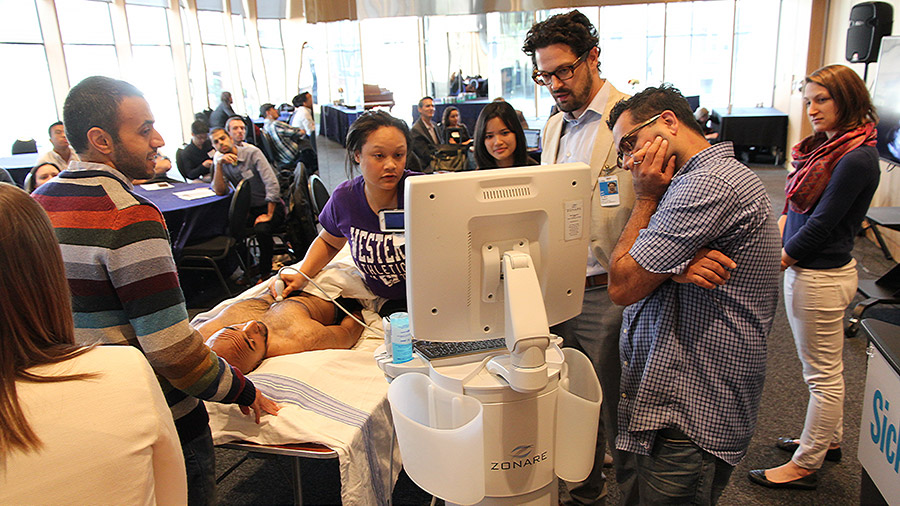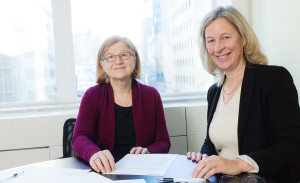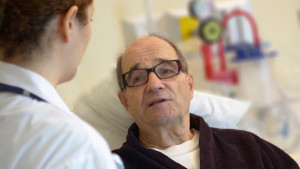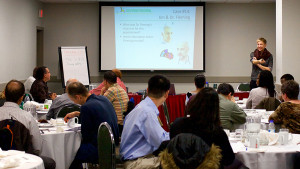Simulation provides opportunities for learning using a variety of tools including hi-fidelity simulators, task trainers, computer-based images and standardized patients. Continuing Professional Development continues to innovate in this method and offered 24 simulation-based learning opportunities this year. This method allows practitioners to demonstrate and receive feedback related to their application of knowledge, clinical reasoning, communication, problem-solving and/or ability to collaborate and work effectively in a health care team.
The Departments of Medicine, Paediatrics and Anesthesia offered point-of-care ultrasound programs designed to allow participants to hone their skills using a variety of methods including standardized patient models, hi-fidelity simulators and web-based tools. The Department of Paediatrics championed the use of hi-fidelity simulation to practice resuscitation skills in a team-based environment with their advanced paediatric resuscitation and emergency procedural sedation courses.
The Department of Obstetrics and Gynecology participated in the first comprehensive International Fetal Therapy Course in Washington DC. Their own fetal and maternal simulators, designed in collaboration with Dr Francis Lebouthillier from the sculpture department at the Ontario College of Art and Design, were used.
The Departments of Otolaryngology and Surgery provided multiple opportunities to practice surgical skills at the Mount Sinai Surgical Skills Centre. The Department of Medical Imaging provided hands-on workshop sessions at the state-of-the-art Advanced Imaging and Education Center (AIEC) on advanced cardiac imaging and virtual colonoscopy. Finally, the Department of Anesthesia created a web-based bronchoscopy simulator and, in association with the Perioperative Interactive Education Group, an online resource which utilizes visual-based aids for medical teaching on a variety of topics such as transesophageal echocardiography.



